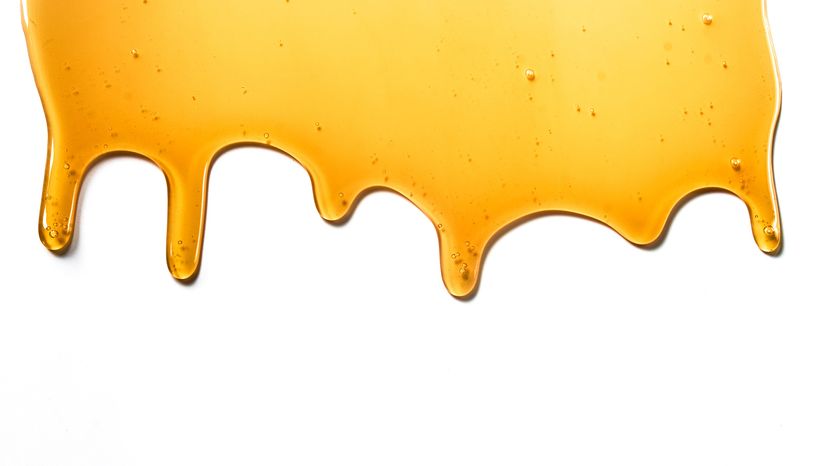
Key Takeaways
- Mad honey is a type of honey containing a neurotoxin that can cause hallucinations in small doses and be poisonous in large amounts.
- It is produced by bees that gather nectar from rhododendron flowers containing grayanotoxin, giving the honey its hallucinogenic properties.
- Despite its traditional medicinal and recreational uses, consuming mad honey can lead to mad honey poisoning with symptoms like nausea, blurred vision and even cardiac issues.
There's a peculiar type of honey, called mad honey, that contains a neurotoxin. In small doses, it can cause hallucinations, but in large amounts, the substance can be highly poisonous. Over the centuries, people have used it as a medicinal drug, a recreational drug and even a bioweapon.
But what makes mad honey so different from the regular honey you can find in your grocery store? Let's examine what gives this naturally occurring substance its unique properties and how people still use it today.
Advertisement